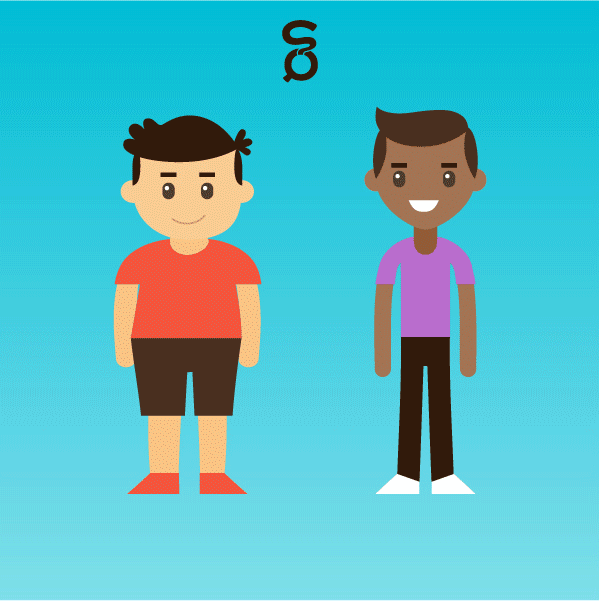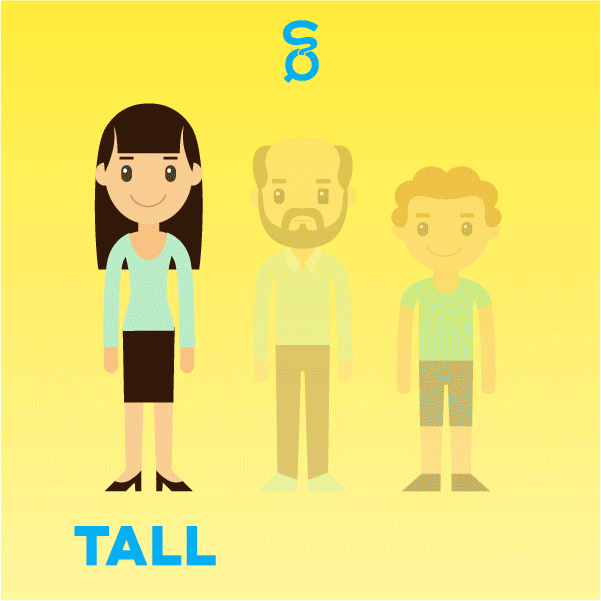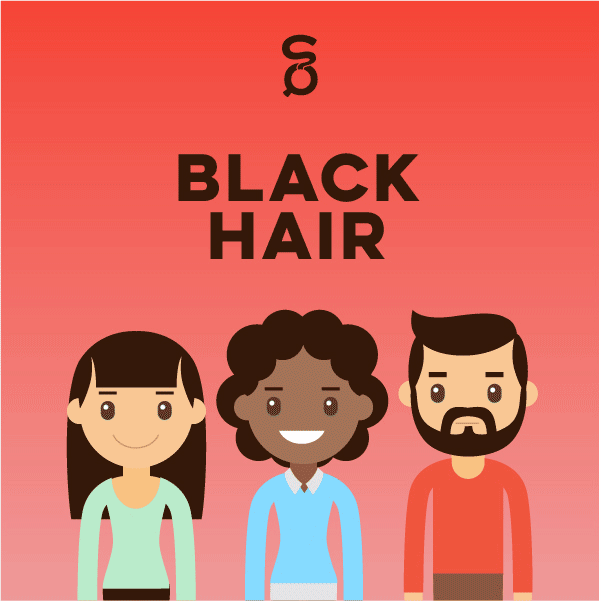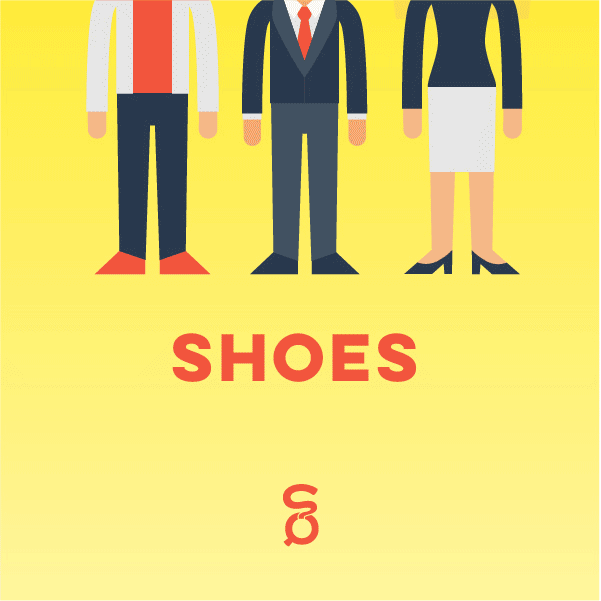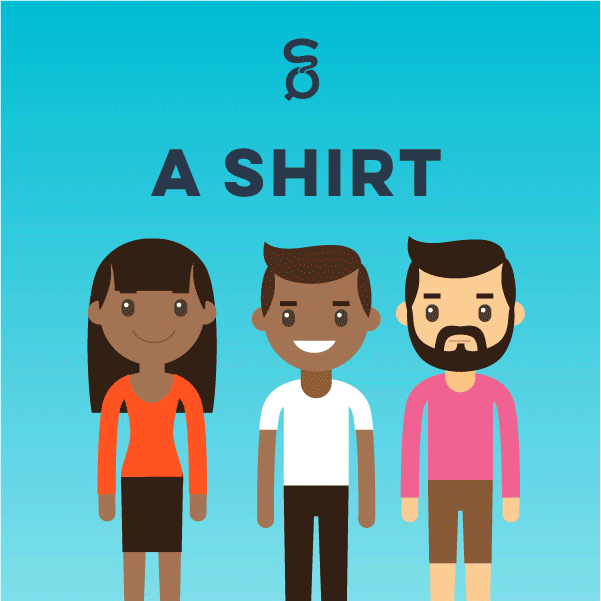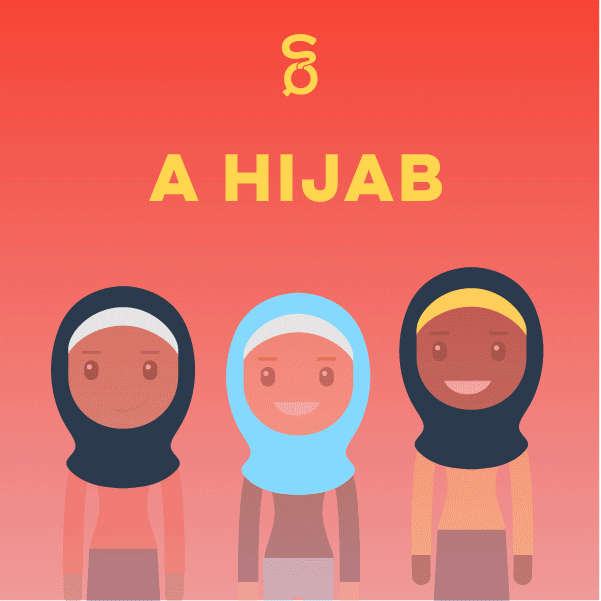If you are studying English online by yourself, a good place to start is by learning how to describe the people around you, your friends, your family, and yourself!
In this post we introduce over 40 vocabulary words for describing people in English, along with 6 sentence frames to use them in. The first three sentence frames are basic (level A1). The other three are a little more advanced (level A2-B1). All of the vocabulary is basic (levels A1 to A2). (If you don't know what A1 and A2 and B1 and B2 mean, learn about the CEFR!)
Note: Reading this article in English will be difficult for A1 and A2 students. We will soon translate this article into many different languages!
What is a Sentence Frame?
Sentence frames are a really useful way to learn how we speak English. A sentence frame is a sentence with an empty slot that many different words can go in for many different situations. For example, if you learn the sentence frame I feel [ADJECTIVE], you can make hundreds of different sentences. All you need to do is learn a new adjective that fits in that slot: I feel hungry. I feel tired. I feel angry. I feel sick. At a basic level, sentence frames are a great way to learn English!
Frame #1 - Basic Sentences for Describing People
The first three sentence frames we will look at are simple sentences. One of the most common ways to describe people is with adjectives: tall, short, fat, skinny, pretty, handsome, ugly. To use these common adjectives in a sentence, try this frame:
The man is [ADJECTIVE].
The man is tall. The man is fat. The man is ugly. The man is in shape. These are all good sentences in English.
It is important to know that The man is another slot that you can change. The woman is tall. My friend is tall. My dad is tall. Jane is tall. She is tall. You can put any person in that slot.
Now let’s take a look at some adjectives describing people that can fit into this slot:
| Word | Pronunciation | Definition |
|---|---|---|
| tall | /tɔl/ | greater in height than the average person; not short |
| short | /ʃɔrt/ | lesser in height than the average person; not tall |
| thin | /θɪn/ | not having lots of extra flesh; not fat |
| fat | /fæt/ | having lots of extra flesh; not thin |
| old | /oʊld/ | having lived many years; not young |
| young | /jʌŋ/ | not having lived many years; not old |
| in shape | /ɪn ʃeɪp/ | healthy and physically strong |
| out of shape | /aʊt ʌv ʃeɪp/ | not healthy or physically strong |
| beautiful | /ˈbjutəfəl/ | attractive; good looking (mainly for females) |
| ugly | /ˈʌgli/ | not attractive; not good looking |
| handsome | /ˈhænsəm/ | attractive; good-looking (usually for males) |
| bald | /bɔld/ | not having hair on the top of the head |
Frame #2 - Basic Sentences Describing Features
The next basic sentence frame for describing people in English focuses on a specific feature: glasses, curly hair, black hair, blue eyes, a mustache, a ponytail. To talk about a person’s features, use this sentence:
The woman has [FEATURE].
With this sentence frame, you can make lots of different sentences:The woman has curly hair. The woman has glasses. The woman has long hair. The woman has a ponytail.
Again, you can change the person slot as well: The man has long hair. My friend has long hair. My sister has long hair. Clara has long hair.
Here are some features (nouns or nouns with adjectives) that can fit into this sentence frame:
Frame #3 - Basic Sentences Describing Clothes
The last sentence we will talk about for describing people focuses on clothes. Who doesn’t love clothes!? Black shoes! Gray pants! Blue ties! Green skirts! But let’s make complete sentences with them. Here is the sentence frame:
The woman is wearing [CLOTHES].
And here is a list of clothes that can go into this sentence:
All of these clothing items can be used with color words to be even more descriptive. The woman is wearing black shoes. The man is wearing a yellow tie.
So, those three sentence frames, combined with this vocabulary, allow you to make hundreds of different sentences to describe people. If you are a beginner, and this is mostly new information for you, you can stop here.
But, if you know most of this stuff, and you want to learn some more advanced English sentences, read on!
Complex Sentence Frames Describing People
The first three frames talked about nouns, features, and clothes, in that order, right? The next three frames will be used to talk about the same three things, but in a more complex way. All of the same vocabulary from the sections above can be used with the next three frames, in the same order.
In the first three sentence frames, the main idea of each sentence was describing people. The sentences were about describing people. The thing that I want to tell you about the man is that he is tall. But sometimes we want to describe people in a sentence about something else, and the description is not the most important idea in the sentence. For example, maybe I want to tell you that the man is my neighbor, but I also want to mention that he is tall. These next sentence frames will help in situations like that.
Frame #4 - Adjectives Before Nouns
Let’s use that example. The I want to tell you that the man is my neighbor, and I also want to describe him as tall. I can put the adjective before the noun: The tall man is my neighbor. You can also put any of the other adjectives from above into that slot.
The [ADJECTIVE] man is my neighbor.
The handsome man is my neighbor. The old man is my neighbor. The fat man is my neighbor. And again, the end of the sentence (which we call the predicate) is a slot, too, and you can put different verbs in there: The tall man likes football. The tall man is eating. The tall man has a car.
Frame #5 - Features and With
If you want to talk about someone’s features in that same sentence, we need to use the preposition with. We could say The man with glasses is my neighbor. Any of the other features can go into that same slot:
The man with [FEATURE] is my neighbor.
The man with red hair is my neighbor. The man with a mustache is my neighbor.
Frame #6 - Clothing and in
When we want to talk about clothes, we need another preposition. Instead of with, we use in. The man in the blue shirt is my neighbor. Any of the clothing vocabulary above can go into that same slot:
The man in [CLOTHES] is my neighbor.
The man in the tie is my neighbor. The man in the grey pants is my neighbor. The woman in the red hat is my neighbor.
Wrap-Up
That's it! Study these six sentence frames and the vocabulary, and you can now make hundreds of new sentences to describe people! Check back soon and we'll have a quiz to check what you have learned!
Rob Sheppard is the founder and Chief Executive Teacher at Ginseng. Over the past ten years, he has taught English in Taiwan, South Korea, and his hometown of Boston. Now he teaches online at Ginseng while traveling the world.
You can email Rob at rob@ginse.ng.
More free English Vocabulary Resources



